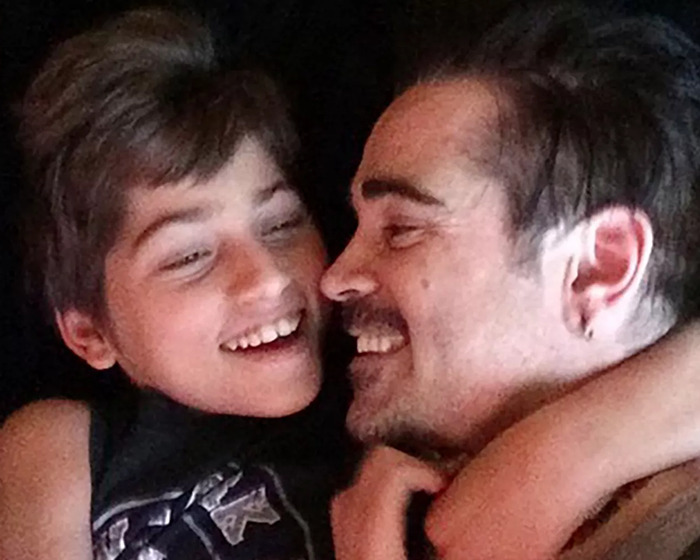Colin Farrell's Heart-Wrenching Decision: Sending His 21-Year-Old Disabled Son to Long-Term Care – The Inside Story
Kids showing developmental delays are commonly thought to have cerebral palsy. Both conditions share similar symptoms, but differ in their underlying causes.
Image credits: People
Cerebral palsy is a non-progressive motor disorder caused by brain injury, resulting in motor impairments like poor balance, difficulty with coordination, and muscle weakness.
On the other hand, Angelman Syndrome is caused by a genetic mutation of a specific gene—UBE3A—and comes with additional behavioral symptoms like seizures, frequent laughing, and speech problems.
Angelman Syndrome’s most notable symptom is its patients tendency to spontaneously laugh and be excited
Image credits: People
“That was a downer for sure,” Farrell said of the initial diagnosis, but then James displayed the characteristic frequent, spontaneous laughter present in patients with Angelman syndrome.
“The doctor saw that James was laughing a lot and doing this movement—he waves his hands,” Farrell explained.
Image credits: People
Unlike conditions such as Autism Spectrum Disorder, which are diagnosed through clinical observation, Angelman Syndrome requires thorough genetic testing using either blood or saliva samples.
These tests identify problems with the UBE3A gene, and are able to accurately confirm the diagnosis.
Image credits: People
At 21, James is nonverbal and requires round-the-clock support for daily activities, making regular, specialized monitoring necessary to ensure his well-being. “I’ve been in the back of ambulances, I’ve been in the hospital with him,” Farrell said.

















Post Comment